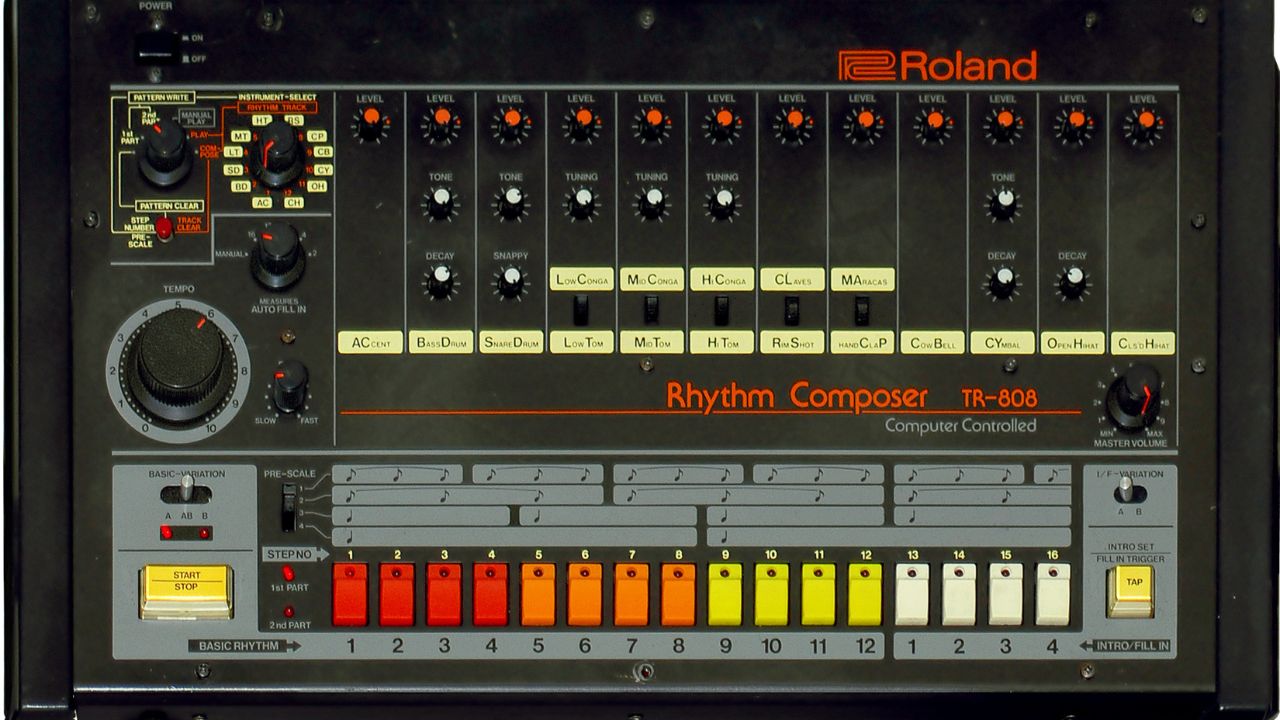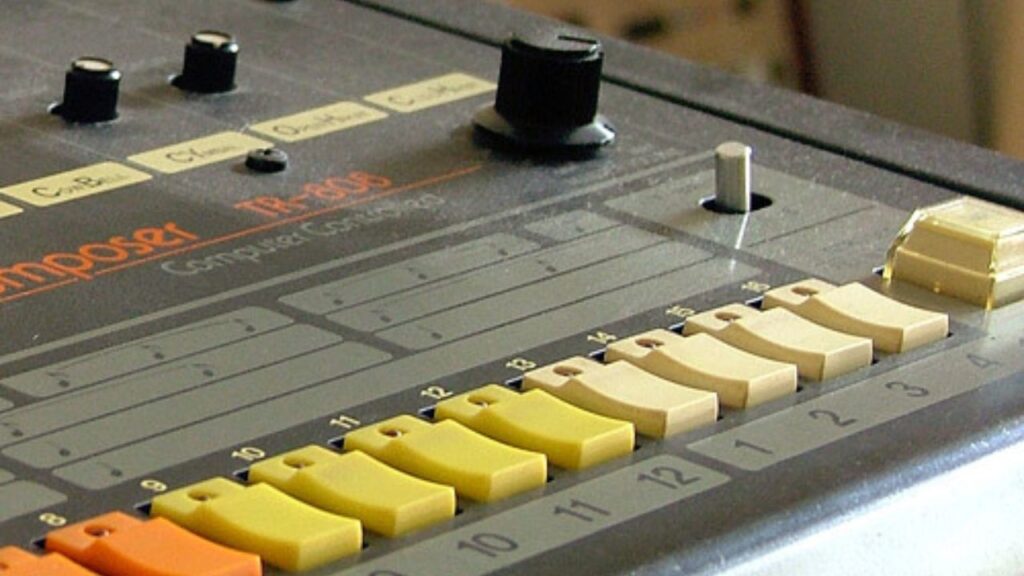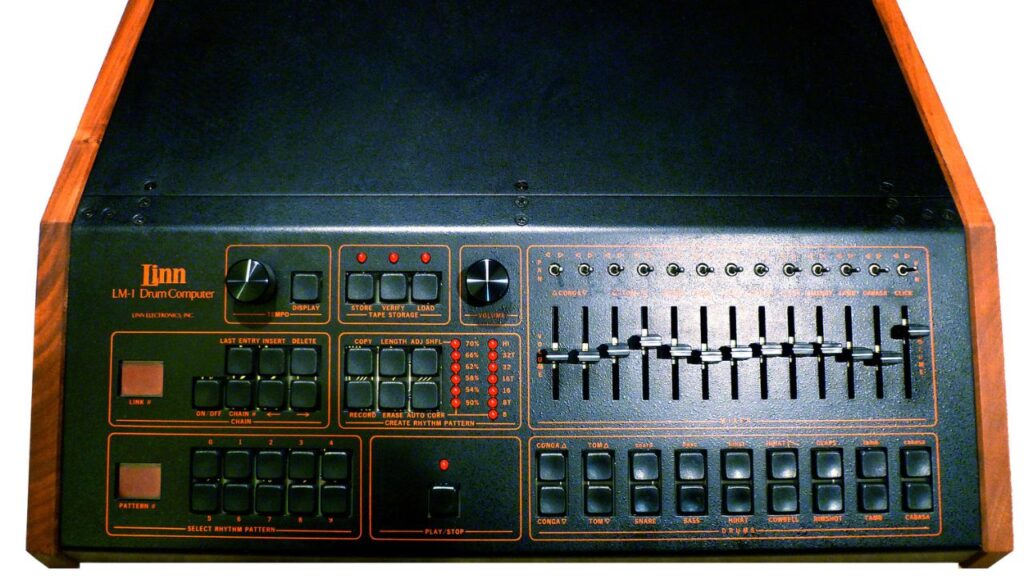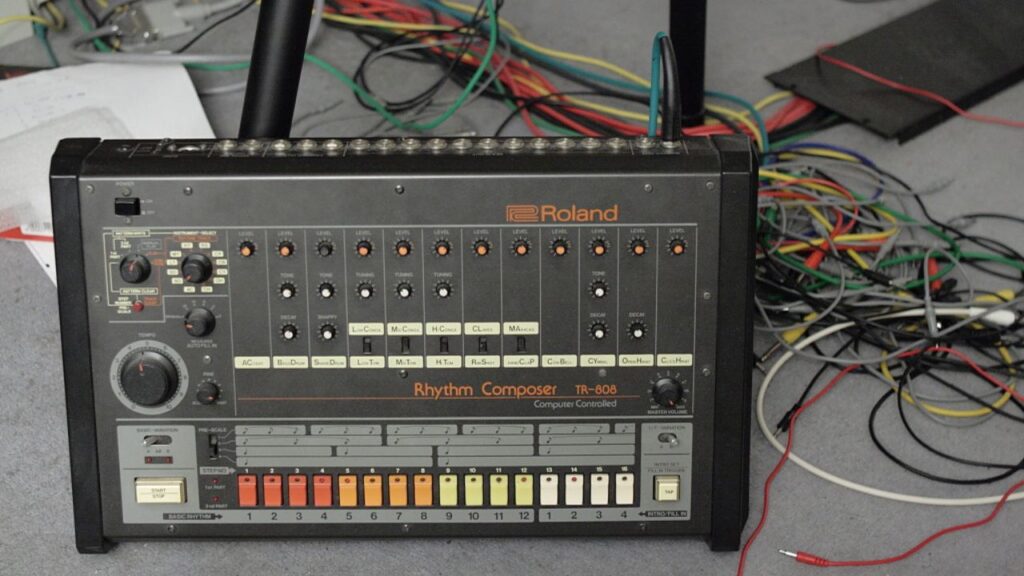Sixteen colored buttons, a mammoth knob and an essential yellow button to start the magic. We are obviously talking about the iconic Roland TR-808an instrument that has become a legend, but which was a real one when it was launched commercial flop.
But what exactly is the Roland TR-808? How and in what way did it revolutionize music history? And why was it initially a flop? In this article, we will tell you the story of queen of drum machinespaying homage to one of the most iconic analog instruments ever.
What exactly is the Roland TR-808?
Let’s put it this way: if rock had the Fender Stratocaster, the universe of hip-hop and house was literally redefined by the TR-808. It is essentially a rhythm composer or, to use a more common term, of one drum machine.
A drum machine is an electronic instrument that is used to compose a rhythmic pattern, simulating what is typically done acoustically by drums and percussion.
Specifically the TR-808, born from the idea of Ikutaro Kakehashifounder of Roland Corporation, is an analog drum machine that uses synthesis to generate percussive sounds. A real novelty compared to the other rhythm composers of the time, which instead consisted of samples of acoustic drums.
How the Roland TR-808 works
The Roland TR-808 features a simple and intuitive interface, consisting of knobs that allow you to change the tone, volume, pitch and decay level of each instrument. Through the 808 it is possible to program up to 32 different rhythm patterns thanks to the 16 pads that can be dubbed.
To adjust the tempo, use the knob at the top left, while on the two lower outer sides there are two yellow buttons: on the left the iconic Start/Stop (to start and stop playback) and on the right a Tap to manually set the bpm .
The T808 is also equipped with DIN SYNC ports (precursor of MIDI) to connect with the other machines of the TR series. By the way, in case you were wondering, TR stands for Transistor Rhythm.
The commercial flop that made her a legend
Absurd to say today, but when it was launched in 1980 the TR-808 was a real commercial flop, to the point of being removed from the market three years later. Roland had in fact adopted a particular strategy: to produce instruments for amateurs and not for professionals. In this sense, the TR-808 was born with a clear objective: be simple and intuitive. However, in order to be attractive to the hobbyist market, the product had to have a low and affordable price.
The TR-808 hit the market at a price of about $1,200, five times less than its main competitor, the Century LM-1, which instead used digital samples of real percussion to reproduce the sounds more realistically. To keep costs down, Roland used gods low-end transistorsome even defective, which greatly affected the sound quality.
On the left the Linn LM-1, on the right the Roland TR-808
The result was a commercial disaster: the TR-808 sounded nothing like real drums. The sounds were blatantly synthetic and unnaturaland the drum machine was snubbed by industry professionals, who didn’t consider it realistic enough.
However, like all good music stories, the protagonist of our tale was just too ahead of her time. The 80s, in fact, saw the final decline of the great rock bands. the new teenagers, to Jimmy Page’s distorted guitars and Kate Moon’s drums, they preferred the new disco sounds. Music was changing and music production with it.
In a short time those electronic snare drums so fake as to be unusable became predominant in productions, and the 808 became an indispensable tool for new producers. It is not easy to establish who was the first to use it in a hit song, but among the first examples there are certainly Sexual Healing by marvin gaye and Planet Rock Bambaataa Africa.
“It’s not hip-hop without 808”
If the 808 began to gain acclaim with the new sounds of the 80s, it was with the arrival of the second wave of hip-hop that the drum machine became the symbol of an entire musical universe. Precursors and legends like The Beastie Boys, Public Enemy e Run DMC made the case of the 808 a distinctive and recognizable sound, also thanks to the ingenious intuitions of Rick Rubin.
Shocklee of Public Enemy came to say, speaking of the case of the 808, that “it’s not hip-hop without that sound”. Literally: it’s not hip-hop without that sound.
However, it would be banal and unfair to say that 808 was successful only in the hip-hop world. The drum machine will also become commonly used for many other musical genres, being used by very different artists. Some examples? Just to name a few: New Order, Daft Punk, Kraftwerk, Depeche Mode, Prince, Talking Heads e Whitney Houston. You know then the drums of In the Air Tonight by Phil Collins and the Beat It Michael Jackson? Guess what instrument they come from.
Kanye West dedicated an entire album called 808 & Heartbreak to the drum machine, in which he only used the TR-808 for the rhythm sections.
The TR-808 today
In short, the Roland TR-808 is to all intents and purposes one of the most influential and recognizable musical instruments in history. The drum machine is still used today, both in VST (Virtual Studio Technology) and physical versions, for most of the productions hip-hop, pop, trap, house, techno and more. His sound has helped define the style and identity of many musical genres and has inspired generations of musicians and producers.
808 has been celebrated in documentaries, books, exhibitions and festivals dedicated to its history and cultural impact. The instrument has also forged the common language: the term “808” is commonly used to indicate a certain kick sound (and also in a very annoying commercial on Spotify).


















Leave a Reply
View Comments